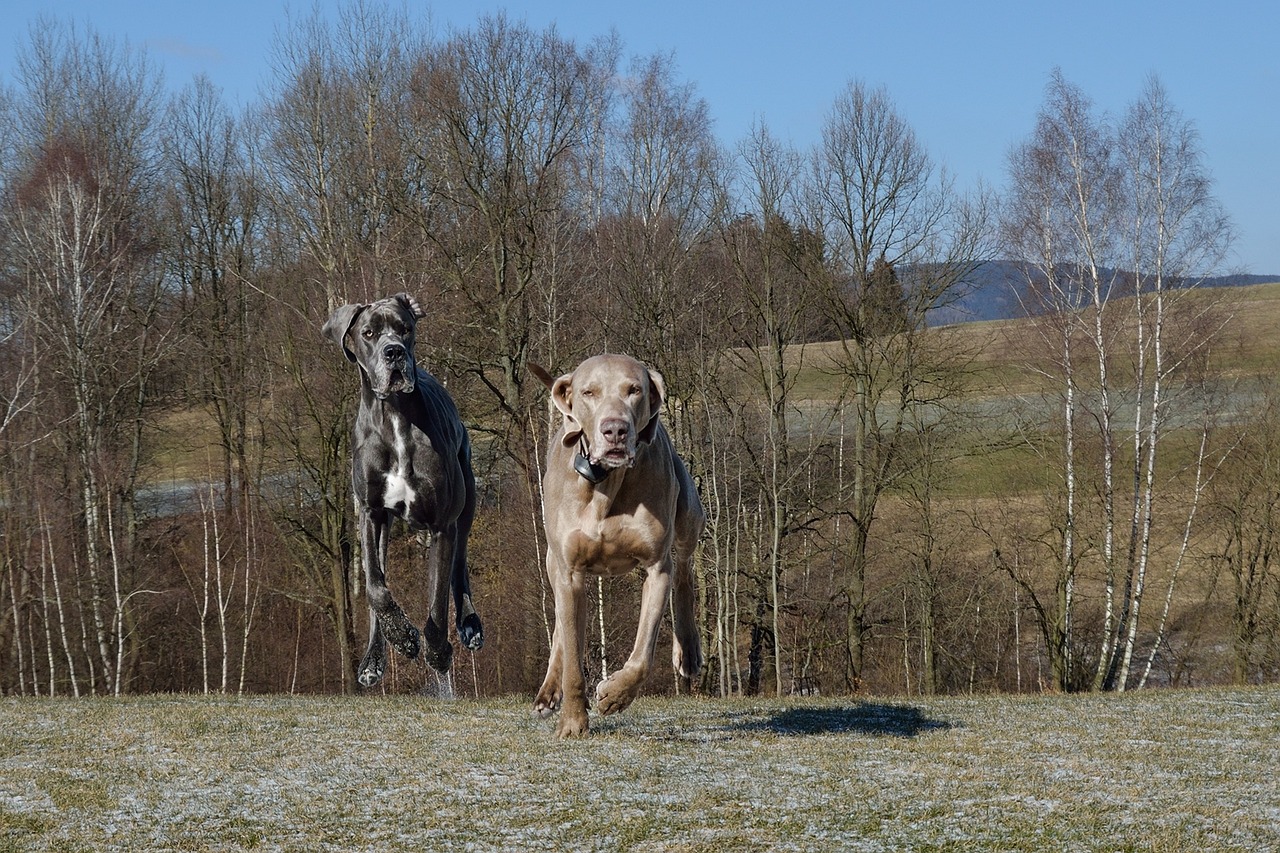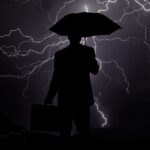Great Basin explained
Great Basin and Economic Implicationsfor Oregon: Southeastern Oregon is also impacted by the water cycle shortages
The Great Basin’s Silent Crisis: A Thirsty Land in Need of Solutions
The Great Basin, a sprawling region encompassing parts of seven Western states, faces a silent crisis: a growing water scarcity that threatens its ecosystems, economy, and way of life. Decades of drought and increasing demand have pushed the region to a tipping point, leaving its precious water resources stretched thin.
Imagine a land where rivers run dry, crops wither in the sun, and communities struggle to meet their basic needs. This is the harsh reality facing the Great Basin. From Nevada’s iconic deserts to the towering peaks of the Sierra Nevada, the consequences of water scarcity are far-reaching.
But we can’t just stand by and watch this vital region crumble. There are concrete solutions within reach:
- Conservation is key: We can all do our part by reducing water usage in our homes, businesses, and farms.
- Smarter irrigation: Utilizing drip irrigation and other efficient methods can drastically reduce water waste in agriculture.
- Sustainable water management: Working together, communities and policymakers can implement long-term strategies to ensure equitable access to water resources.
The future of the Great Basin depends on our collective action. Let’s join forces to ensure this beautiful and vital region thrives for generations to come.
The Great Basin’s Thirsty Story: A Look at Water Challenges and Solutions
TL;DR – Too Long; Didn’t Read
The Great Basin, a vast and dry region, is facing a water crisis. Climate change is making it hotter and drier, which means less water is available. This impacts people, plants, and animals. We can use less water, find smarter ways to water crops, and change how we use water to help the Great Basin get more water.
The Great Basin’s Water Journey: A Balancing Act
The Great Basin is a giant, dry region in the Western US, including parts of Nevada, Utah, California, Idaho, Oregon, and Wyoming. It’s called the “Great Basin” because most of the water that falls as rain or snow doesn’t flow out to the ocean. Instead, it stays in the basin, evaporates, or soaks into the ground.
The water cycle is a continuous process where water moves from the earth’s surface to the atmosphere and back again. In the Great Basin, the water cycle starts with snow and rain. This water then travels through the land in different ways:
- Runoff: When rain falls on the ground, some of it flows downhill and into rivers, lakes, and streams.
- Infiltration: Some water soaks into the ground, becoming groundwater.
- Evaporation: The sun heats the water, turning it into vapor, which rises into the air.
These three ways water moves make up the water cycle in the Great Basin.
Water Scarcity: A Growing Problem in the Great Basin
Over the last few decades, the Great Basin has experienced a serious water shortage, which means there’s not enough water for all the people, plants, and animals that rely on it. Here are a few reasons why:
- Climate Change: Climate change is making the Great Basin warmer and drier. This means less snow falls in the mountains, and the snow melts earlier in the year, leading to less water flowing into rivers and lakes.
- Population Growth: More people are moving to the Great Basin, increasing the demand for water for drinking, farming, and other uses.
- Overuse: Some areas of the Great Basin are using more water than they can replenish, putting a strain on water resources.
The water shortage in the Great Basin is a big problem. It impacts:
- Agriculture: Farmers need water to grow their crops. A water shortage means farmers have to grow less food or find other ways to get water.
- Wildlife: Animals depend on water to drink and survive. A water shortage can make it harder for animals to find water, putting them at risk.
- Communities: People in the Great Basin need water to drink, shower, and cook. A water shortage can make it difficult for people to get enough water.
Finding Solutions: Working Together to Save Water
Luckily, there are things we can do to help solve the water shortage problem in the Great Basin.
Water Conservation
- Reduce Water Use: We can all do our part to use less water at home. For example, take shorter showers, water our lawns less often, and fix leaky faucets.
- Smart Landscaping: Choosing plants that need less water can help conserve water. We can also use mulch to help the soil retain moisture.
Innovative Irrigation Techniques
- Drip Irrigation: This method delivers water directly to plant roots, minimizing water waste.
- Sprinkler Systems: Using efficient sprinkler systems can save water compared to older systems.
Policy Measures
- Water Rights: States in the Great Basin need to work together to make sure everyone has access to enough water.
- Water Pricing: Charging people more for water when there’s a shortage can encourage people to use less water.
Active Climate Rescue Initiative
The Active Climate Rescue Initiative is doing important work to help the Great Basin by researching and developing solutions to water shortage problems. They are working on projects to restore wetlands, improve water quality, and find new ways to conserve water.
Moving Forward: A Shared Responsibility
The Great Basin’s water challenges are complex, but there are solutions. We need to work together to conserve water, find new ways to use it wisely, and address the root causes of the shortage, like climate change. By taking action, we can secure a sustainable future for the Great Basin and its residents.
More on Great Basin…
- ## Great Basin & Economic Implications SEO Keywords:
- General:
- Great Basin economy
- Economic impact of the Great Basin
- Great Basin economic development
- Great Basin resources and economy
- Sustainability in the Great Basin economy
- Future of the Great Basin economy
- Economic challenges in the Great Basin
- Great Basin economic opportunities
- The Great Basin and its economic potential
- Specific Industries:
- Mining in the Great Basin economy
- Tourism in the Great Basin economy
- Agriculture in the Great Basin economy
- Renewable energy in the Great Basin economy
- Water resources and the Great Basin economy
- Manufacturing in the Great Basin economy
- Regional Considerations:
- Nevada economy and the Great Basin
- Utah economy and the Great Basin
- California economy and the Great Basin
- Idaho economy and the Great Basin
- Oregon economy and the Great Basin
- Arizona economy and the Great Basin
- Economic impact of climate change on the Great Basin
- Specific Topics:
- Great Basin land use and economic implications
- Population growth and the Great Basin economy
- Infrastructure development in the Great Basin
- Water rights and the Great Basin economy
- Environmental regulations and the Great Basin economy
- Public-private partnerships in the Great Basin economy
- Education and workforce development in the Great Basin
- Innovation and technology in the Great Basin economy
- Long-Tail Keywords:
- Best places to invest in the Great Basin economy
- Economic outlook for the Great Basin
- The role of government in the Great Basin economy
- Challenges facing businesses in the Great Basin
- Opportunities for entrepreneurs in the Great Basin
- How to start a business in the Great Basin
- Environmental sustainability and economic growth in the Great Basin
- The impact of the Great Basin on the national economy
- The Great Basin and its role in the global economy
- Note:** This is not an exhaustive list, and you can further refine these keywords by adding location specifics, industry types, and other relevant details to create more targeted keyword phrases.




